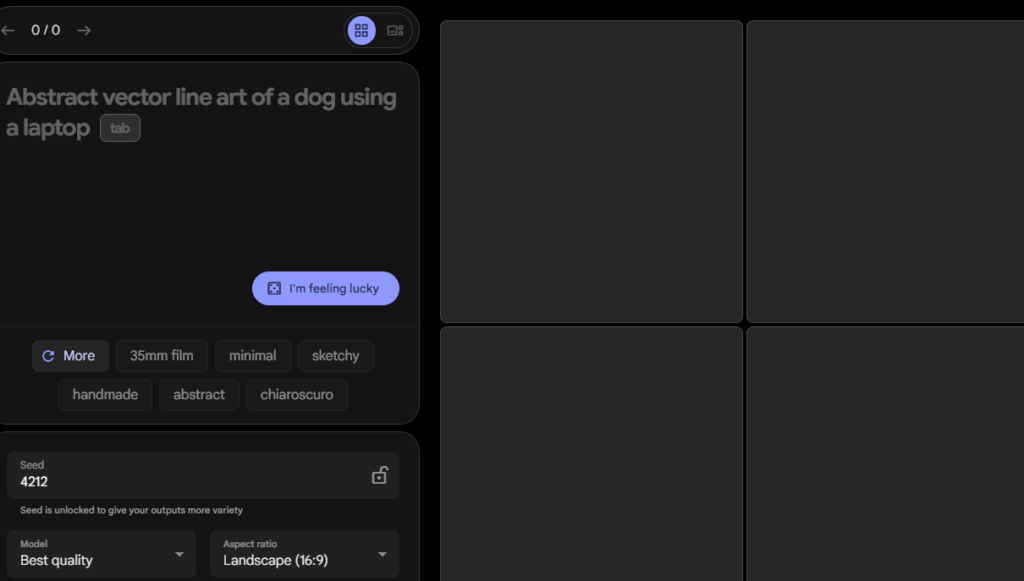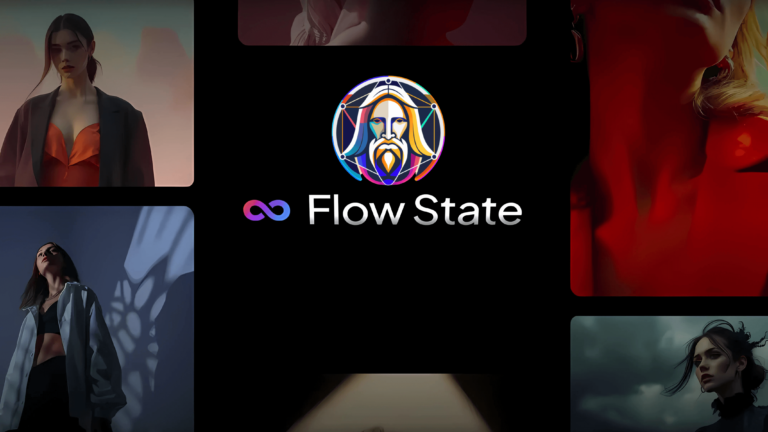In a groundbreaking development sending waves through the AI community, Google DeepMind has unveiled VEO 2, their latest video generation model that’s raising the bar for what’s possible in AI-created content. Having spent considerable time exploring its capabilities, I’m genuinely amazed by how this technology is pushing the boundaries of artificial intelligence in video creation.

Source: Google DeepMind
The New Frontier in AI Video Generation
The AI video generation landscape has become increasingly competitive, with major players like OpenAI’s Sora, various Chinese competitors, and Meta all vying for supremacy. However, Google’s recent announcement of VEO 2 has completely changed the game, showcasing capabilities that leave its competitors in the dust.


What Makes VEO 2 Stand Out?

Source: Google DeepMind
Unparalleled Resolution and Quality
One of the most striking features of VEO 2 is its ability to generate videos in up to 4K resolution. This isn’t just about pixel count. the level of detail and visual fidelity in these generations is nothing short of remarkable. During testing, the results consistently showed that VEO 2 can maintain incredible detail even in complex scenes.
Revolutionary Physics Understanding
What truly sets VEO 2 apart is its sophisticated understanding of physics. The model demonstrates an uncanny ability to:
- Accurately simulate fluid dynamics
- Create realistic object interactions
- Generate precise reflection and lighting effects
For instance, in a demonstration video of a dog playing in a pool, the water physics were indistinguishable from real footage, complete with accurate bubble formation and light refraction.
Benchmark Performance: The Numbers Speak
When it comes to quantifiable performance, VEO 2 isn’t just marginally better – it’s dominating the competition. According to recent benchmarks, VEO 2 achieved remarkable results:
- 58% preference rate vs. Sora Turbo’s 26%
- Outperformed Minx (30% preference)
- Surpassed Stable Video Diffusion (32%)
- Exceeded Meta’s MovieGen (30%)

Source: Google DeepMind
Real-World Applications
The implications of VEO 2’s capabilities are far-reaching. From what I’ve observed, this technology could revolutionize:
Content Creation
- Professional-grade video production
- Marketing content generation
- Educational material development
Gaming and Entertainment
The technology shows promise for real-time rendering in video games, with potential applications in:
- Dynamic environment generation
- Character animation
- Cinematic sequences
Virtual Production
- Real-time background generation
- Special effects creation
- Virtual set design
Current Limitations and Future Potential
While VEO 2 is groundbreaking, it’s important to acknowledge its current limitations:
Complex Motion Challenges
- Some inconsistencies in high-action sequences
- Occasional difficulties with intricate movements
- Complex scene maintenance in extended sequences
However, these limitations are relatively minor compared to the technology’s overall capabilities, and Google’s development team is actively working on improvements.
How to Access VEO 2
Currently, VEO 2 is available through a waitlist system. To get started:
- Visit the official Google DeepMind website
- Sign up for the waitlist
- Provide basic information about your intended use
- Wait for access approval

Source: Google DeepMind
Looking Ahead
The future implications of VEO 2 are staggering. As documented by industry experts, we’re looking at potential applications in:
- Film production
- Virtual reality
- Educational content
- Marketing and advertising
- Gaming industry evolution
Conclusion
After spending considerable time analyzing VEO 2’s capabilities, I can confidently say this is more than just another incremental improvement in AI video generation. It represents a quantum leap forward in what’s possible with artificial intelligence and video creation.
The combination of high-resolution output, physics-based understanding, and remarkable prompt adherence makes VEO 2 a tool that could fundamentally change how we approach video content creation. While there’s still room for improvement, the foundation Google DeepMind has built with VEO 2 is nothing short of revolutionary.
Have you had a chance to experiment with VEO 2 or any other AI video generation tools? I’d love to hear about your experiences in the comments below.
Note: This technology is rapidly evolving, and capabilities may have expanded since the time of writing. For the latest updates, check Google DeepMind’s official channel.




